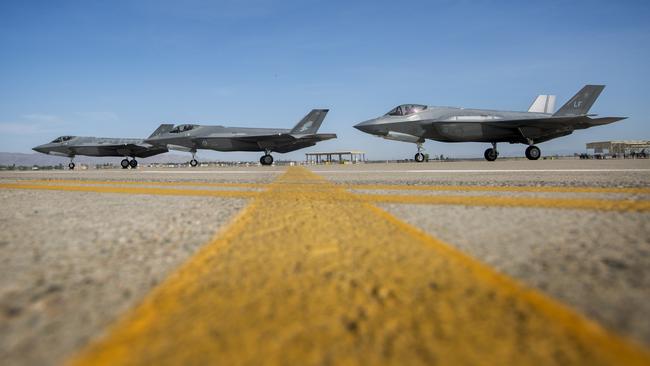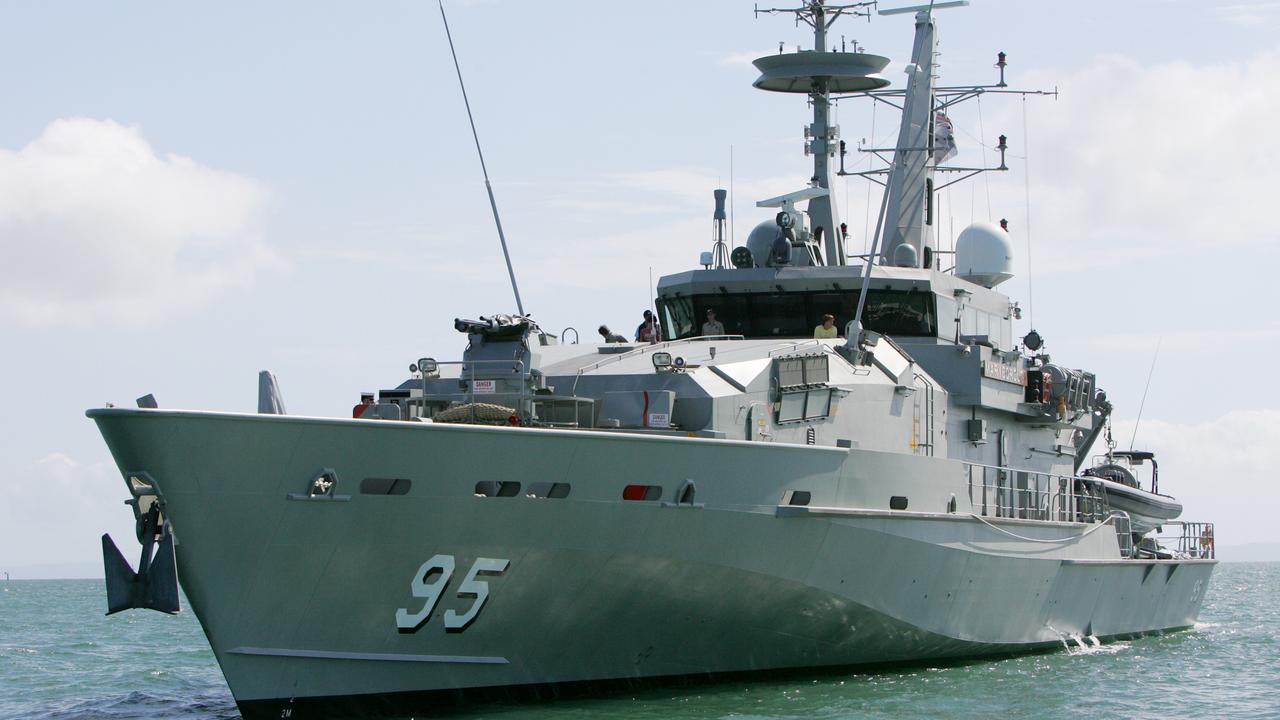Keeping combat edge is going to be a challenge
Even as the RAAF celebrates the introduction of the F-35A into operational service, it needs to think about how it can preserve that edge.

The F-35A Joint Strike Fighter has taken 26 years to get from the beginning of development in 1992 through to its first operational use in combat earlier this year by the Israeli Air Force over Syria.
It is the most advanced warplane in the world today, and the RAAF is not only taking delivery of the first two of 72 F-35As, but has the option to order another 28 aircraft next decade.
Its key advantages are in stealth, situational awareness and data integration. It is a vital component of the RAAF’s fifth-generation (most modern) air force in coming decades.
Australia’s F-35A force will not achieve “full operational capability’’ until 2024, more than 20 years since the government chose the F-35A for the Air 6000 Phase 2A/B purchasing program in June 2002.
In this period, Australia’s peer adversaries have had the luxury of time to develop potential counters to the F-35A’s capabilities.
China and Russia are beginning to deploy or develop their own fifth-generation fighters, are investing in advanced ground-based air defences, and are undertaking research and development into radical new technologies that could, over time, erode the F-35A’s combat edge.
Although the F-35A will remain the core strike and air combat platform for the RAAF for coming decades, and its systems will continue to be enhanced through follow-on modernisation, it will face an increasing challenge to sustain its current combat edge.
So even as the RAAF celebrates the introduction of the F-35A into operational service, it needs to think about how it can preserve that edge.
This could involve not just more ambitious modernisation efforts, but complementary systems.
The potential offered by manned-unmanned teaming, and the possibilities of advanced unmanned combat air systems (UCAS) could enhance the combat potential of the F-35A.
As their development advances, acquisition of UCAS for the RAAF needs to be considered, potentially as early as the middle of the next decade, either as part of AIR 6000 Phase 2C, or as a new capability project beyond the current integrated investment program.
The air force also needs to be on top of interesting developments with next-generation solutions coming out of the US Air Force Penetrating Counter Air (PCA) and US Navy Next Generation Air Dominance (NGAD) projects.
The Americans are determined to avoid repeating the long project timelines of both the F-35 and the F-22 and are moving away from “sixth-generation’’ terminology.
Instead this new effort could embrace more rapid introduction of a ‘‘system of systems’’ approach that could incorporate not only new platforms but also existing ones such as the F-35A.
The key point is that the 72 F-35As Australia is so far committed to buying will begin a new phase in RAAF history, but adversary developments would demand that the RAAF not rest on its laurels.
There should be no cruising forward on autopilot on an assumption that the F-35A will fit all Australia’s needs through to the late 2040s. The F-35As’ arrival into RAAF Williamtown is the beginning of a new era — not the end of the story. In this story, the plot is just getting interesting.
Malcolm Davis is a senior analyst at the Australian Strategic Policy Institute.





